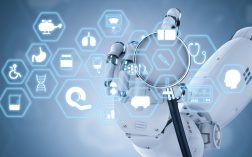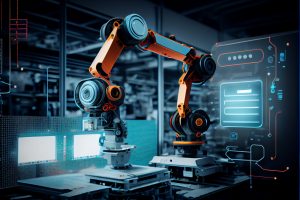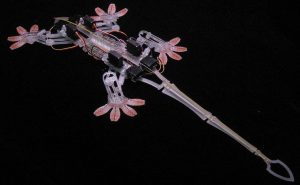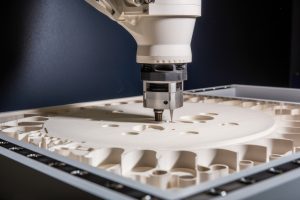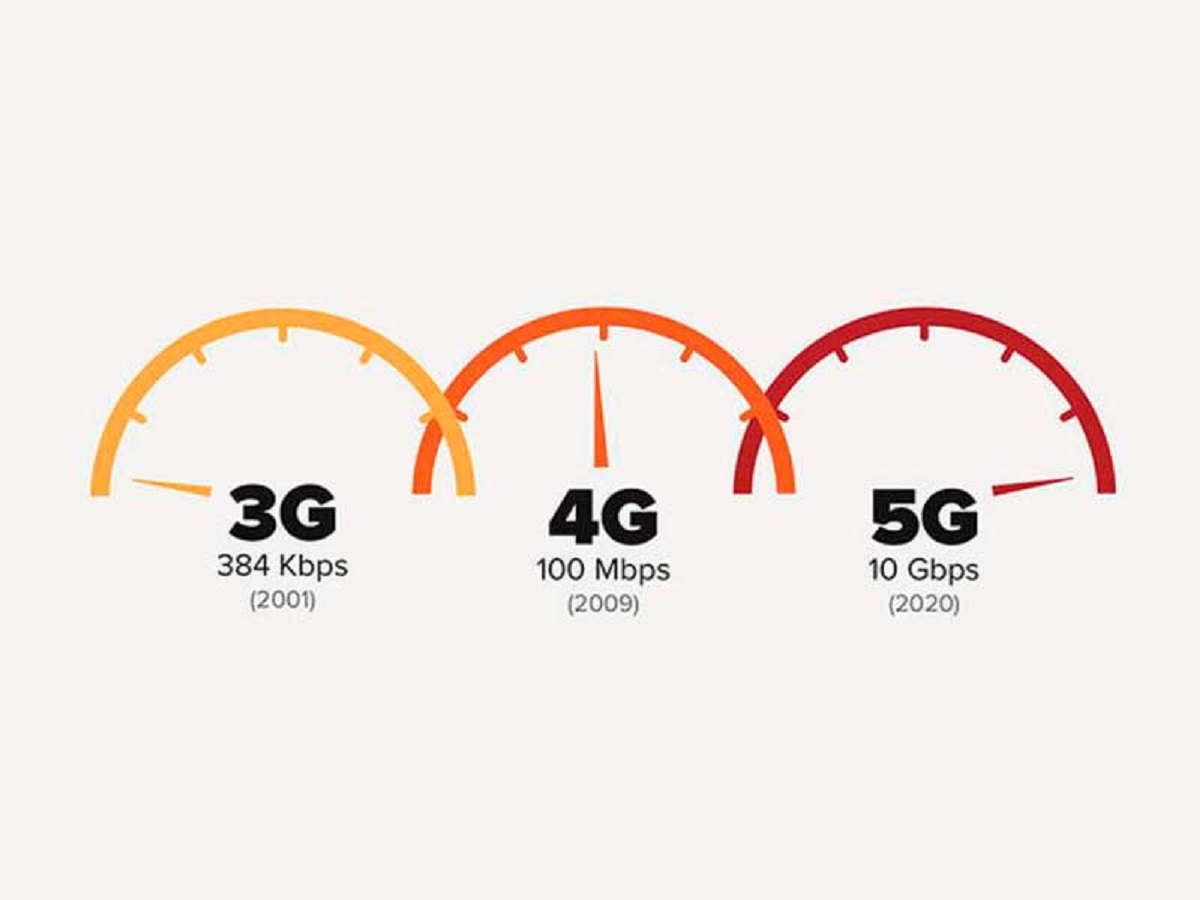Before getting into the specifics, it is important to understand ‘robotics’ first. In its truest essence, it happens to be a branch of technology, covering a variety of domains (computer science, engineering, AI, ML, mechatronics, and nanotechnology). If we converge the knowledge of these domains and try to get a unified product, we get a robot, which is a programmable machine and possesses an extensive ability to carry out several tasks.
The primary distinction between a human and a robot is that the latter can process data and take necessary actions way more efficiently than humans.
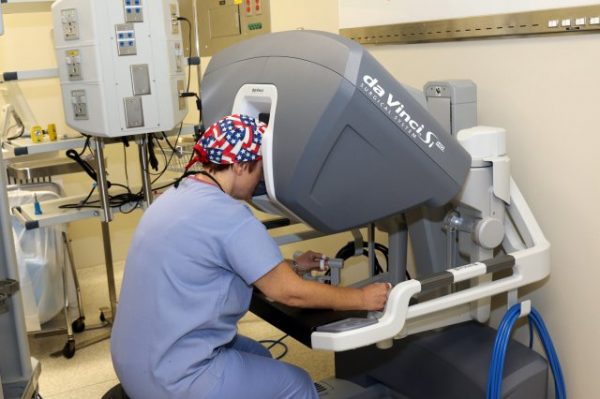

How Robotic Surgery Benefits The Medical Industry?
In order to explore how robotic surgery is beneficial to the medical industry, we need to understand that the entire healthcare niche depends on physicians, technicians, and nurses. Since all of them are humans, they are prone to making errors that put the life of the patient at risk.
With the help of robotic surgery, medical-related inefficiencies can be eliminated or at least diminished. Thus providing better healthcare to the patients and reducing the burden from surgeons. For instance, it is incredibly difficult for doctors to perform complex surgeries where precision holds prime importance. A robot, on the other hand, executes the task with pinpoint precision, overtaking the efficiency level of humans.
Let us now have a look at a variety of medical use cases where robotic surgery comes in handy.
Types Of Robotic Surgery Applications
Endoscopy-bot
Endoscopy refers to a procedure where a portable camera is inserted in the body through a natural opening (i.e. without making incisions). Its aim is to detect any damage or disease symptoms inside the organ or organ systems.
Since these are not controlled by human hands, there is no chance of tremor or unwanted vibration that might affect the level of precision required in many cases.
In advanced cases, physicians might suggest you swallow a pill (which acts as a robotic camera). It traverses the gut and sends back images to the screen for efficient and real-time diagnosis.
Robot-Assisted Biopsy
A biopsy diagnoses cancer in its early stages. If performed conventionally, it is invasive. Robotic surgery tools make biopsy minimally invasive since it uses a transducer that is robotically guided to the site of the tumor.
After reaching the target, it comprehensively scans and gathers all the data required by a physician to rule out the possibility of cancer or proceed with appropriate treatment. It also shows the surgeon a 3D image of the target site which enables him to pick an exact spot for getting the biopsy data.
As soon as the surgery is over, the robot comes out of the body through the same incision.
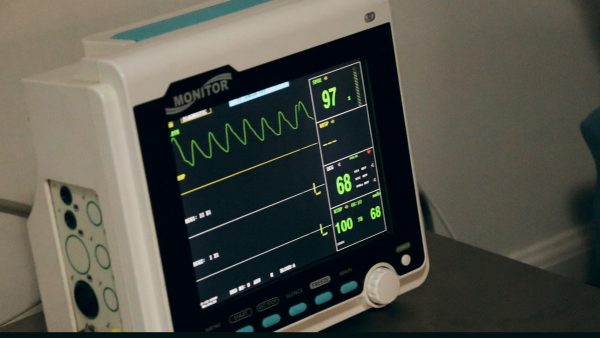

Antibacterial Nanorobots
Their work is as cool as the name itself.
Antibacterial nanorobots get rid of bacterial infections from the blood by traveling through the stream. These nanobots attract bacteria from your body using its exterior coated with RBCs. As soon as they are within proximity, the antibacterial nanorobots capture the actual bacteria in their mesh.
Antibacterial nanobots travel all the way to the target site using ultrasound in order to clear the passage for treating infections. Probably the greatest perk is that since they attract the bacteria within the body and then kill them, the nanorobots can also serve as broad-spectrum antibiotics.
Microrobots
Researchers and doctors have been quite concerned about drug administration and their efforts have led to the creation of micro-robots. These are quite miniature devices and some of them are not even visible to the naked eye. Please note that micro-robots are highly-specific and target a very localized part of the body.
Plenty of people seem confused as to how they find their target inside the body. Well, these micro-robots propel through the bloodstream by spinning themselves with the help of a magnetic field.
Their most obvious use case happens to be the delivery of radiation at the tumor site. Thus, diminishing the side effects on the overall body.
Orthoses
It refers to a wide variety of robots, working as exoskeletons. These surgical robots provide a great deal of help for paralyzed people. Besides, these futuristic devices also help during the rehab process after surgery.
It is worth noticing that such patients do not want something rigid for assistance. In fact, the structure must be flexible and respond to the patient’s movements for better adjustment and comfortability.
These structures have been around us for decades. However, with the advancement in technology, neural interfaces, in particular, the robots can be controlled with the mind.


Final Thoughts On Robotic Surgery
It is quite evident that the scope of robotic surgery is expanding at an incredible pace. They have grown from a handful of use cases (mainly utilized in diagnosis) to full-fledged surgeries as well.
Robotic surgery applications are currently being practiced in various hospitals and clinics around the world. But their optimization has not stopped. Engineers are continuously working to see how these surgical robots can be advanced.
Therefore, we can only imagine the role robotic surgery will play in the near future.









